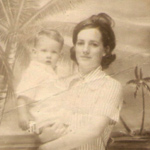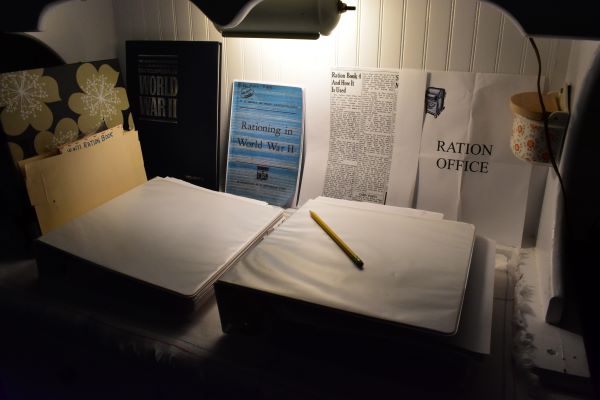
Charles and I had our talk as we do this time of year about what history project we want to do and Charles said that he really enjoyed our year of 1943 that we did six years ago (2015). We talked about what we learned and how we felt there was so much more to learn. We decided that we are going to re-visit 1943 including the rationing. This will be this new year of 2022 living like the past history project.
This is a long post, there is a lot to explain and there will be more simple posts to come with more information after this post.
We have been studying the 1930s great depression for a few years now and I have not shared much of that because of how politics and viruses caused us quite a bit of fatigue just like it has many people. It was hard to focus.
We did a lot of research about the homeland during ww2. I have filled 3, three inch 3 ring binders to capacity from a gazillion trips to the public library microfilms and then finally joining newspapers.com after it became difficult to get to use a microfilm machine at the library.
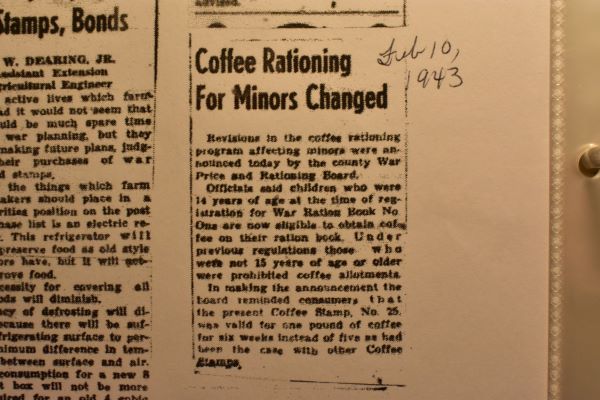
Each time we do a study we can only cover what we are capable of learning in a certain amount of time with living this real life. What we do is study a year or era to see what it was like for our generations before us. We want to know more about what really went on during the home during these times and my whole purpose of doing this. Charles loves history and I love an adventure.
Last time we simulated living like the past of the year of 1943, our setting was our town of Dothan Alabama living in town. It made a difference of where we lived because of how we would have lived. Rural verses in town. electric or no electric, running water or no running water, hot water heater or no hot water heater. We lived a year with no hot water heater and used a kettle.

There has always been a lot of interest in our studies and many of you have jumped in with us to do this in your own home. Some of you said you enjoyed reading along, some of you picked the same year we were studying and some of you chose another year or era you wanted to know more about. Some of you have tried it for a month, some have done it for the children's lessons and some have completely changed how you live today.
The main reason I keep writing in this blog is to share what I know and what I have learned when it comes to living like the past because I feel we need this information this time we live now and we should not lose all of this knowledge of our generations before us. I was born after the war ended so I have not lived during 1943.
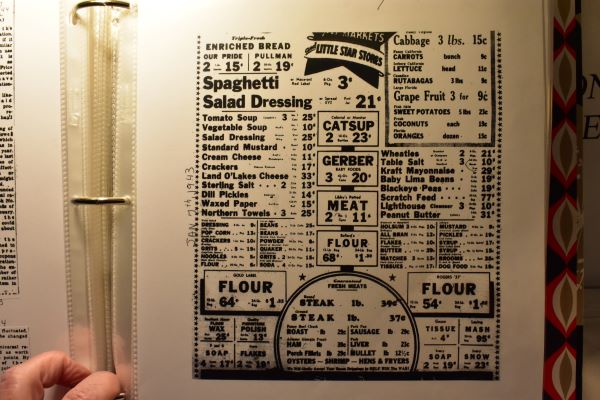
You are welcome to join us and jump into 1943 as we will be trying to understand all the parts of rationing including what we did not understand last go around. Our goal is to learn what it was really like for our generations before us during these historical times in history and learn more about the home and what it was like during this time.
Charles and I both feel that it might be helpful today to learn more with gasoline and food prices so high today and all the shortages we have been through and not knowing if it is going to get worse.
One thing about rationing is it did not matter if someone had plenty of money to spend, without ration stamps no amount of money would purchase that rationed food. It was ration stamps plus money. How would this help us today since we are not rationing? It helped Charles and I to learn how to get back to basics and how to manage the food we had. We learned how and we changed our ways but we also get off track and have to shake ourselves off and get back to basics again but we keep trying.
During world war 2 and also world war 1, there were shortages as well and even though someone had the money and the ration stamps the supply might not be there so people learned to improvise and grow their own food. That is where the victory garden was helpful, for the family and for the war effort.
This is one area we could not simulate because we did not know what was "not" at the grocery store but the last two years we have learned that lesson and maybe this year too, we just do not know.
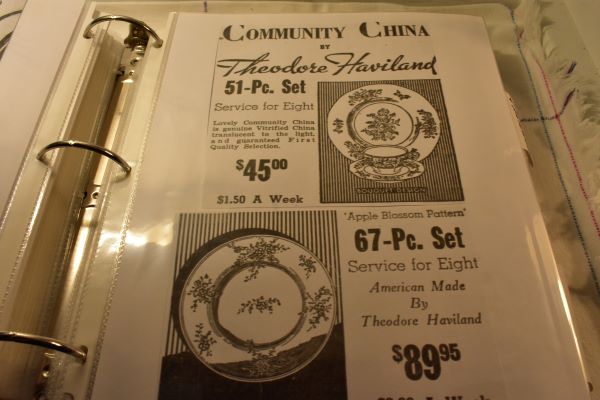
If you have a way to study the location you live now or where your family may have lived the public libraries are a good source of information. And newspapers.com. I am not affiliated with this at all, I am a research customer.
I joined a membership to newspapers.com because it was becoming difficult to get a time slot to use the microfilm machines at the library, the newspapers.com membership is not expensive so I will continue to research the papers. This way I can go online and read old newspapers in the town I live or most anywhere. We like to read along our newspapers from long ago day by day to see what is going on in our area of study.
Since Charles and I made our decision of what year we will be living like the past, I have been reading the papers of 1942 and my diaries so I can find what has been happening since the rationing began so we will know where we are and what has happened leading up to January 1, 1943.

Here in the United States we started rationing later that other countries. Everything changed for us after we were bombed at Pearl Harbor. My father joined the navy and was sent to Pearl Harbor after the bombing.
I have been reading along 1942 so I will know where we are when we jump in at 1943.
This diary I will be following is a five year diary written by a older couple that lived in California. Bob and Lil and Bob has signed up for war duty and he has the job to work each day or several days a week at a observation post on top of a hotel for about two hours per day.

Lil is good about writing small tidbits about rationing and making custards and cakes and cleaning her house.
The 1942 February 23 entry says Washington's Birthday, celebrated today and Bob cut front lawns and we listened to Roosevelts talk.
The February 23, 1943 entry says, Cloudy but not much rain. Bob home 1:30 Up to register for ration book 2, Done the shopping, Clisbies, (do not understand tha), worked garage doors.
So we know when it was time to register for book 2 in 1943 but we will know the window of time to register when I locate the registration times from the paper.
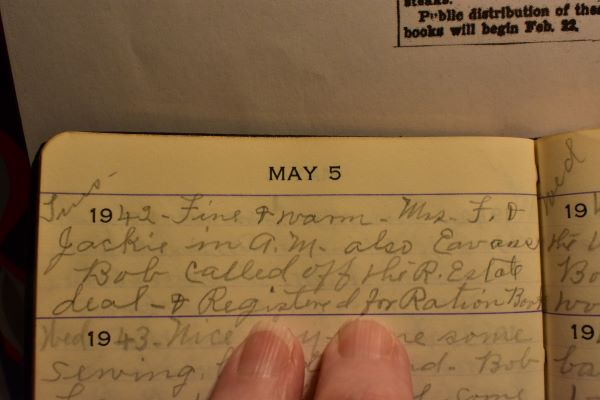
We see that they have registered for their ration book 1 in 1942.
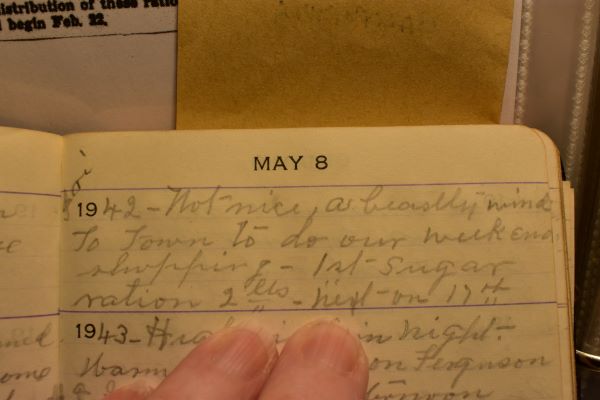 Lil notes that they picked up their first sugar ration of 2 pounds and they cannot get anymore until May 17th. During canning season people could apply for canning sugar but would have to go with their ration cards to prove they have registered and then get approval.
Lil notes that they picked up their first sugar ration of 2 pounds and they cannot get anymore until May 17th. During canning season people could apply for canning sugar but would have to go with their ration cards to prove they have registered and then get approval.
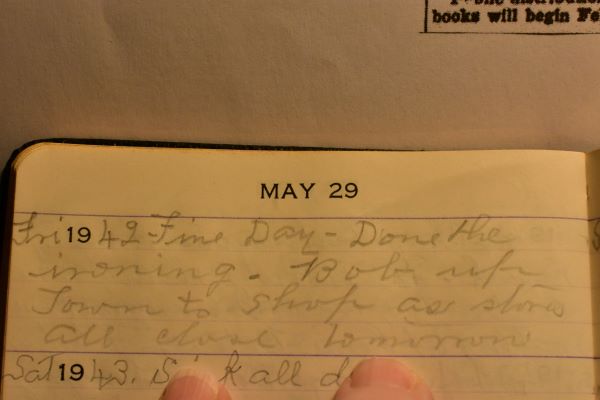
What Lil is saying here matches what I learned in the papers that at times the stores would have to close to get ready for new restrictions and learn how to use and accept the ration stamps.
She says, Fine day, done the ironing, Bob up town to shop as stores all close tomorrow.
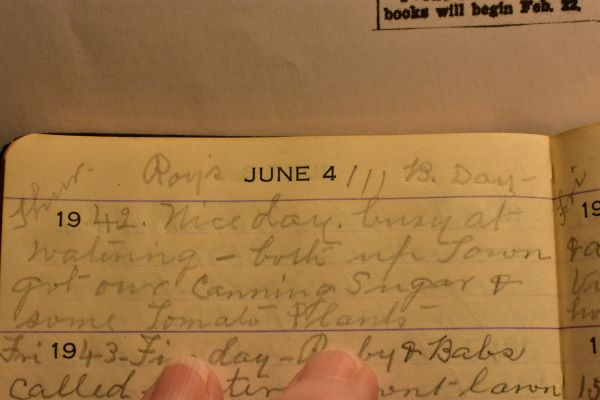
Here Lil notes that they picked up their canning sugar.
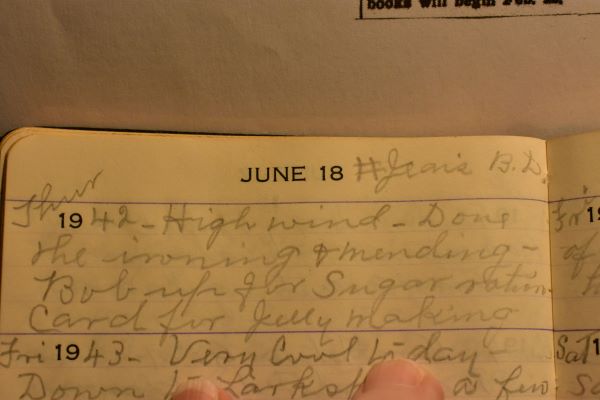
This notation is that they will be using Bob's sugar ration card for Jelly Making
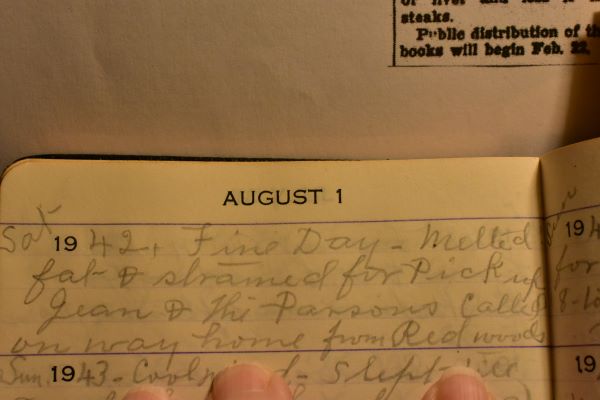
Here is a important entry, she says, Melted fat and strained for pick up.
During the war everyone was asked to save their fat/grease and turn it in for the war efforts. The country needed all kinds of things we would not think of to make ammunition and planes and most everything to help win the war.
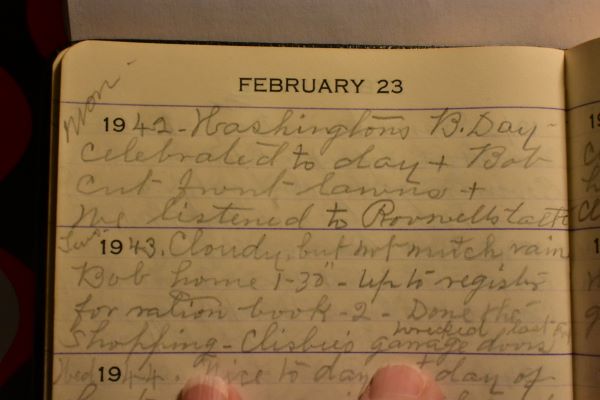
We peek into February 1943 we see that people are being asked to register for ration book 2. There was some non compliance during the war and people found out that if they did not register they could not buy many things they would need, they extended the registration several times and they also had to adjust a lot when there were shortages or extra goods.
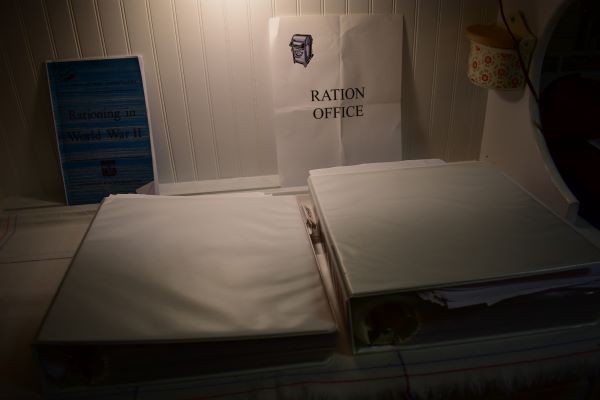
Last time we studied this year of 1943 Charles had a difficult time with the gasoline rations but we understand them a little better so we hope we will learn this and do better. He will apply at our war rations station for the proper paperwork to get his mileage and gasoline stamps.
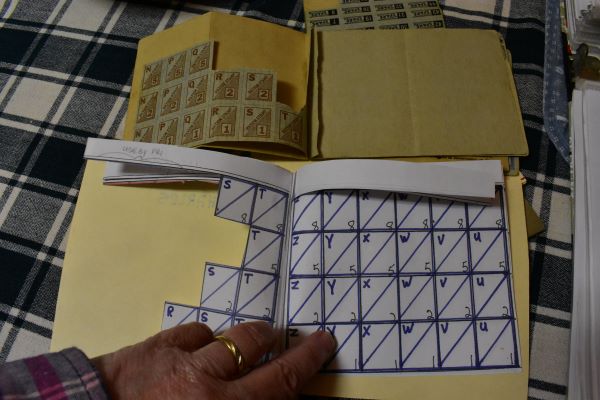
I plan to post the registration dates for books, show how we make our war ration stamps using the real ration stamps as our guide so we can actually ration as we did before but better and you can make them too or you may find a better way to do this.
I will post the ration stamp dates they can be used and do the best I can to explain so everyone that is following or doing this with us can keep up. I realize all this sounds confusing right now.
You are welcome to send me pictures and give me permission to post them if you are doing this study and want to share with others. You can send a short email of what you are learning or what you have learned or what changes you or your family have made.

But there will be a lot more that we will be doing this new year. Living like a particular year we also want to learn how they did things. I did not know how to embroider, I had to learn how to do this, I got a book and I also use youtube when I need to learn something new. I like to find old pieces for a quarter or fifty cents that has holes in it and figure out the pattern of how they did these things so we can make new old patterns.
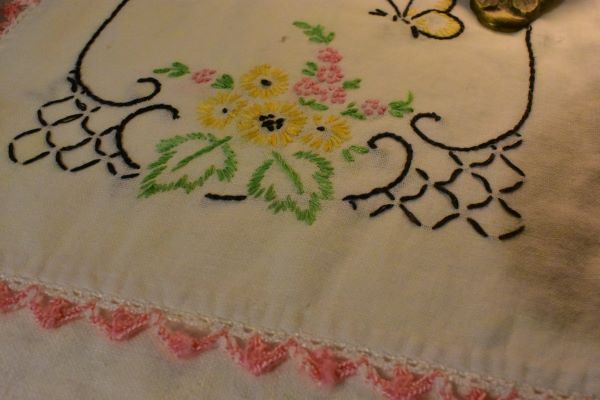
It is a rescue of sorts. Also we are rescuing the loss of information because to figure out how it was in the home during the past. We cannot look at magazines or books to truly understand the time or the home because magazines are advertising many things that are not in homes. The newspapers and diaries are good references and talking to our older generations that will not be with us much longer are other ways.
Diaries are expensive and I am fortunate to have what I have and will share what I have but I am slow. I will try really hard this year to do this
I do ask you if you have questions, please send a "short" email and space between sentences because my eyes are not as good as they used to be.
I want to revisit the involvement with the Red Cross and knitting bandages, the victory garden, the patriotic moral in the country, how people saved their metal scraps, grease and oil as mentioned above. We have a story in our family of having to wrap a tire to keep the treads on as tires and rubber was rationed. We won't be doing that for safety.
Please be direct with the question, I really want this to go well this year, I want it to be interesting and exciting and fun.
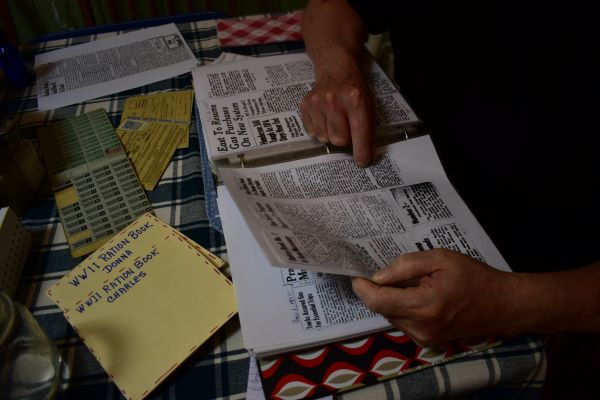
These studies have helped Charles and I so much, we have learned to ration food, we have learned how to live without running water and electricity, we have learned the strength of the people during the Great Depression, the wars, the pandemic and could see how overspending during the 1920s from overcoming a world war and a pandemic played a big part in the great depression. We don't want to make that mistake again.
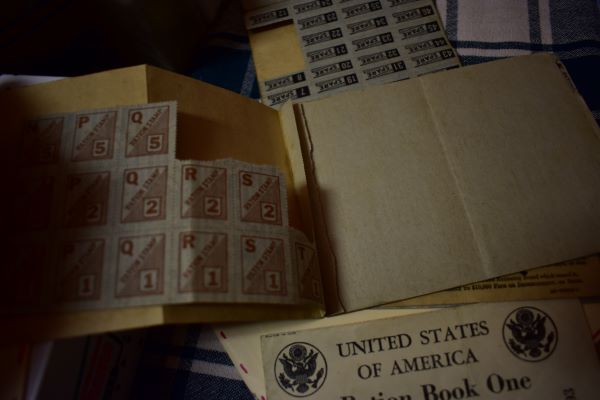
During all these studies we learned how much overspending is done today and during our studies we changed much about how we lived. We got out of debt, we paid off our mortgage and two vehicles. We slowly changed our furniture to furnishing with more purpose and features that were practical. We disconnected to many things that cost us a monthly fee, we turned our lawn into a garden so that some kind of food is growing around our home most any month of the year. We learned about permaculture so many of our plants bushes and trees could be food that would come back each year.
The good part of starting our new study of 1943 January 1 of this new year is that rationing was not yet in full swing. We are learning how rationing was just beginning in 1942.

I do know that rationing was much more tight in the U. K. than it was in the U.S. and the larger your family here in the U.S. the more stamps you can combine.
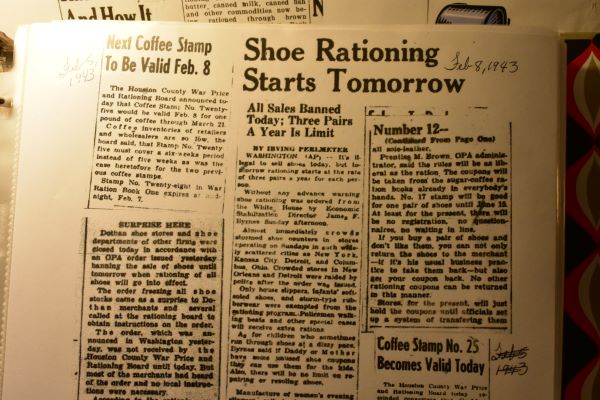
A very dear friend of mine sent me a list of what would have been in our wardrobe during this time. I will be using the guide for 1942 since there is not a 1943 but I feel it would be the same anyway. There is a guide for men and women.
The clothing inventory list that I am using for myself is; 1 casual hat, 1 dress hat, 2-4 nicer dresses, 1-2 cotton day dresses, 2-4 cotton house dresses. 1 coat, 1 wrap or shawl. 1 suit or light coat, 2-3 night gowns, 4 pair of panties (mine will be all cotton and more than 4 but I will try and keep it minimal, maybe try 6.) 4 slips, 4 hosiery. 1-2 pairs dress shoes, 1 pair work or home shoes. 3-6 handkerchiefs, 2 aprons and 1 or 2 purses. I will do my best to stay within this and see how it goes. I do know that it was common to sew their own dresses and aprons.
I was a bit shocked when I saw the very low supply of panties but then I did remember how in the past my mother would hand wash her panties and stockings and bra nearly every evening and hang them on a rack in the house to dry. Tomorrow I am thinning out our clothing. I am actually pulling out what we will use this year and packing away our other clothing. I will include a link to where this can be found below and stop here with this post. I will be posting more information soon.
If you want to do a history project like this, you can jump in any time of the year and just loop back around. If you know now you would like to do this you would want to inventory the food you have in your house. Write it down and the amounts of what you have. Thin out your wardrobe, clean and organize your home to where you feel it is comfortable and look around your home at the things that would have not been around in 1943.
This study could help your home and life in many positive ways.
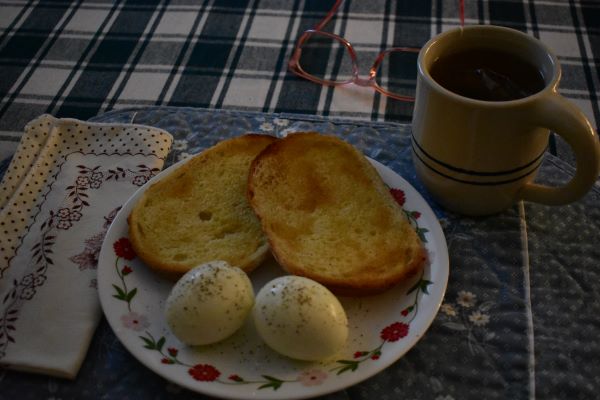
We get quite serious about our studies and that is what makes our life so adventurous and exciting no matter how old we get. Probably why we keep going. :)
We have gotten rid of a lot of things and some things if we are not sure about we pack away. Charles said this morning before he left for work, looks like we will be reading books again this year and listening to the radio. I wish we had radio programs like the past but we do not. However we have purchased old radio programs on cd and cassettes that we enjoy.
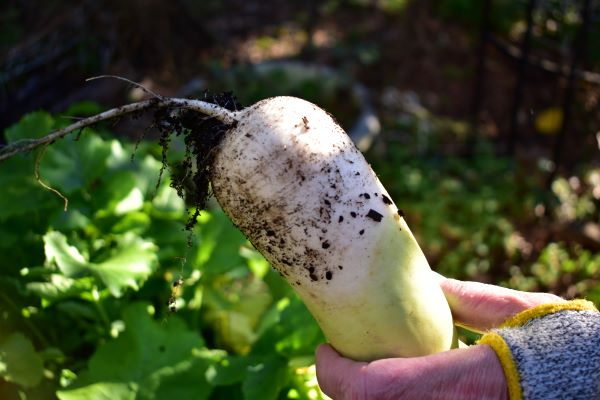
In our victory garden we picked our first Daikon radish this past week.
At this moment that I am typing, (subject to change) our setting for this study that we are considering is we will be living in a small farm house on the edge of town. Last time we did 1943 we were in the city so this time we will be rural which will have a lot more challenges for us but for a reason. In our made up study setting the town has been growing outward and has made our farmhouse close enough to town to where electric lines are being brought out to our home, they have pulled in an electric line to us but we only have that one line.
The reason that we picked this scenario is because this actually happened in my lifetime. Some of my family lived rural and there was no electricity and running water where they lived. They had a well, hand pump for water. The day came when they got their electric line to the house but had no electric appliances and only one line that went to the kitchen ceiling for a light and a plug.
This might be surprising to some but this was in the 1960s. I have said many time that it all depended where someone lived as to how modern it was. Many people in the 1940s did not have electric and water and still used ice boxes or no iceboxes. This is where food preservation is important. People that lived in a city or town in 1943 would have had electric and running water but no television at that time. Many did not have telephones and would go to someone's house that did have a phone to use their phone for important calls.
What is interesting to me of what I just said, we have a lot of interest today living off grid. People are tired of bills and connection fees and to much of everything. All the information is right there in history.
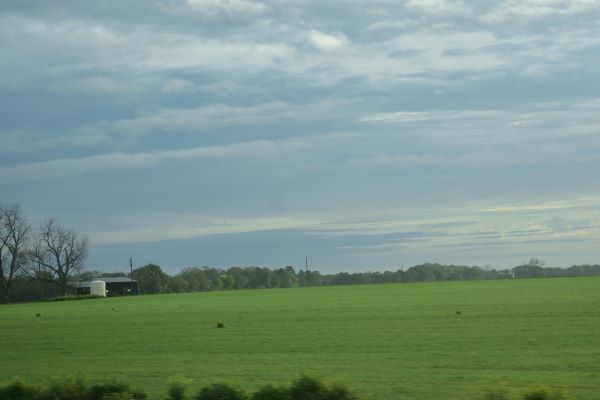
We will not change all at once, there is not enough time but we really don't have to change things to do this study, we just adjust and live very simple and ration. Anyone can do this just like they are and learn rationing or practice living the old way and have fun. :)
Here is the Inventory lists for how many garments, shoes, etc. during this time, you have to scroll down to the era you want to look up and like I said above I picked the 1942. This website is quite interesting and filled with all kind of information on styles and things like that. https://vintagedancer.com/vintage/vintage-wardrobes-budgets/
Please remember to keep emails short, if you have questions I would like to answer them so keep them direct and short and clear. :)
I made a end of the year 2021 Video for you, I hope you enjoy the viedo. https://www.youtube.com/watch?v=Js1RNyTB4r4
I will be back with more information. Grandma Donna
